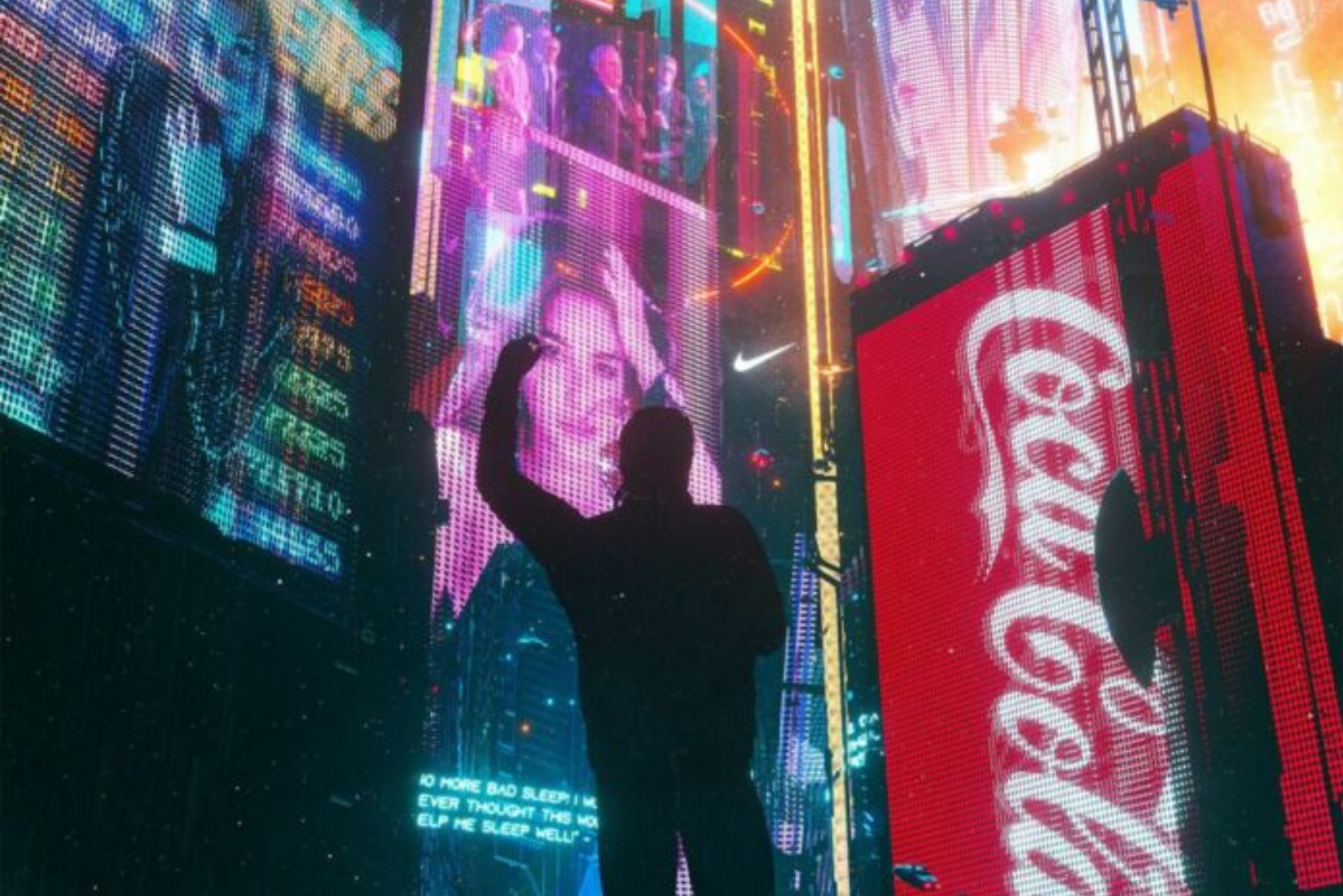What Is Web3? Why Indonesia’s Digital Future Depends on It
Web3 explained Indonesia: The internet we use today has evolved in phases. Web 1.0 was the early era of static websites—read-only pages built mostly for information sharing. Web 2.0 changed that by adding interactivity, social media, and platforms where users could generate their own content. This is the internet of blogs, e-commerce, Instagram, and streaming. Web3, on the other hand, brings something fundamentally new: decentralization. Powered by blockchain technology, smart contracts, and crypto wallets, Web3 allows users to own their data, manage their digital identity, and participate in open ecosystems—without relying on a central authority.
Why is the idea of “decentralization” important in Web3?
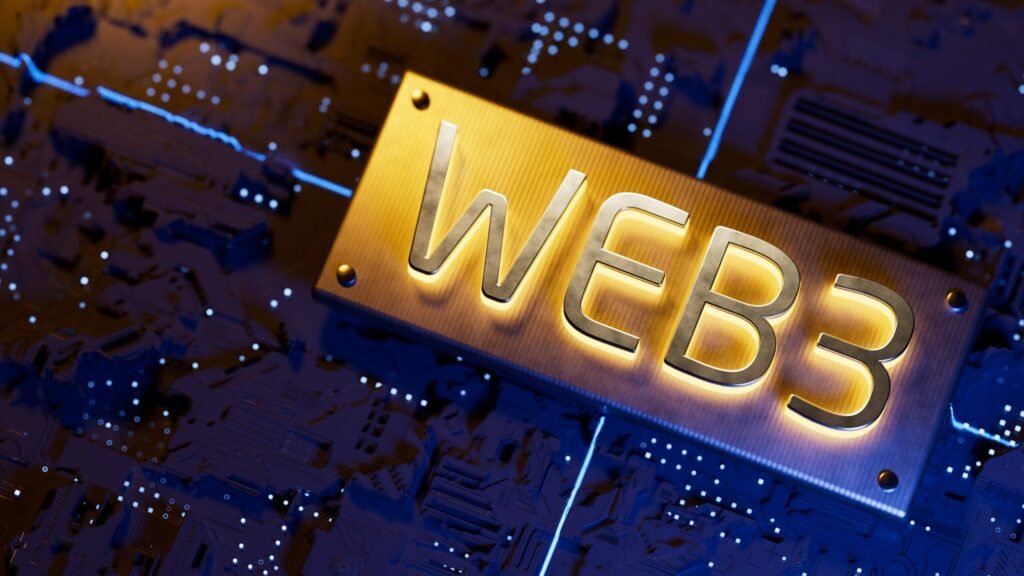
Source: The Banker
At the core of Web3 is a vision where control is shared. Rather than big tech companies owning platforms and monetizing user data, Web3 platforms are distributed across networks. Decisions can be made by communities via DAOs (Decentralized Autonomous Organizations), and transactions are verified by consensus rather than gatekeepers. In theory, this enables fairer access, fewer restrictions, and more transparency. For Indonesia, where internet access is expanding rapidly and digital trust still needs strengthening, the decentralized web holds unique promise.
What technologies power Web3—and are they used in Indonesia?
Web3 is made possible through a blend of innovative tools. Blockchain networks store records securely across nodes. Cryptocurrencies like Ethereum and local tokens act as value carriers. Smart contracts allow rules and conditions to be enforced automatically without intermediaries. Then there are NFTs, DApps, and semantic metadata that bring structure and ownership to digital assets. In Indonesia, Web3 usage is still early-stage, but growing fast—particularly in blockchain gaming, crypto exchanges, and early DeFi projects. Developers are exploring integrations for supply chain, creative industries, and even gold-backed tokens—marking the rise of tokenized gold innovation in Indonesia.
What are some real use cases of Web3 that matter for Indonesia?

Source: ALJAZEERA
The most immediate area of impact is decentralized finance (DeFi). With millions of Indonesians unbanked, Web3 services offer a way to access financial tools like savings, lending, or investments—just through a smartphone. In creative industries, NFTs are allowing artists, musicians, and content creators to directly monetize their work without platform intermediaries. Meanwhile, the Metaverse—although still abstract—has seen early experimentation from local brands and startups. There’s also growing interest in decentralized social media models, where users can publish and engage without the traditional algorithms or moderation rules of centralized platforms.
What challenges does Indonesia face in adopting Web3?
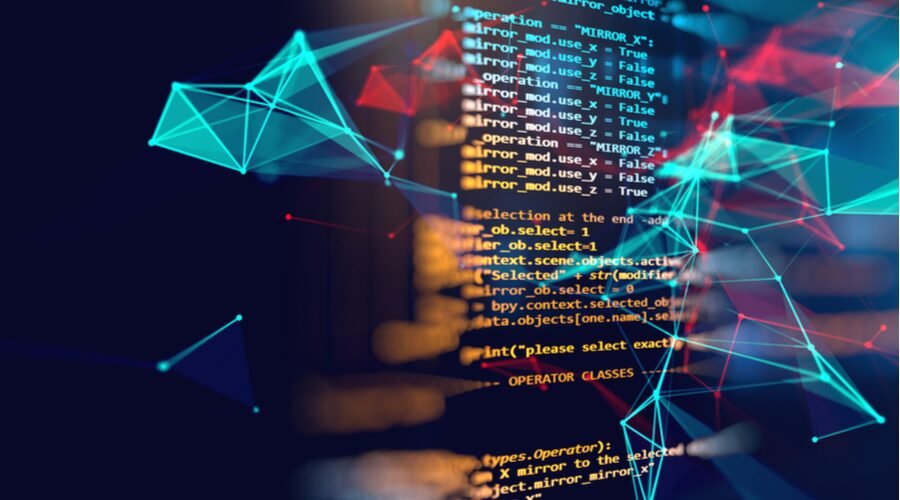
Source: INCOM
There are several. First is user understanding. Concepts like wallets, tokens, and smart contracts are still unfamiliar to the majority of internet users. Technical complexity can turn away even curious adopters. Then there’s the matter of standardization and scalability—blockchain networks often face high gas fees, slow speeds, or lack of interoperability. From a governance angle, Indonesia’s regulators are cautiously engaging with crypto and blockchain, but clear guidelines for things like tokenized assets or DAOs remain in development. Finally, there’s a talent shortage: while developer interest is rising, deep blockchain expertise is still limited across the archipelago.
Is Indonesia positioned to benefit from Web3 in the near future?
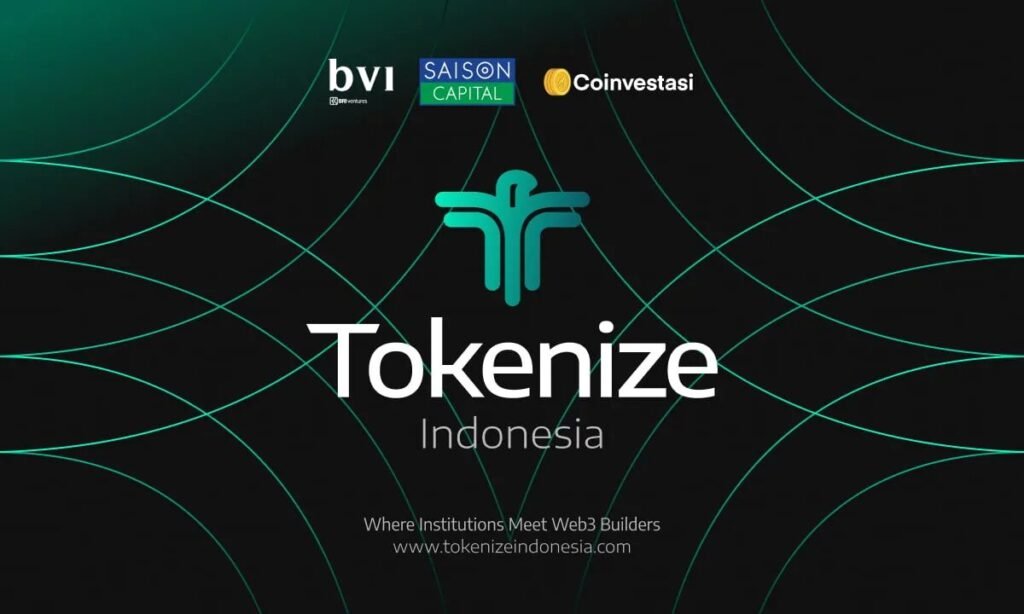
Source: Decrypt
Yes—but it will depend on several moving pieces. Indonesia has a demographic advantage: a young population, strong mobile penetration, and high social media engagement. These traits align well with Web3’s interactive and community-driven spirit. The country is also witnessing the rise of local Web3 startups, from blockchain-based fintech platforms to NFT marketplaces and gaming studios. Government agencies like Bappebti have taken steps toward regulation and licensing of digital asset exchanges, which shows institutional awareness. There’s also growing attention on digital financial inclusion—where blockchain tools could offer real benefits to underserved communities, especially in rural areas.
Web3 explained Indonesia: What role will tokenized assets, like gold, play in Indonesia’s Web3 landscape?

Source: LJ
One intriguing area of innovation is tokenized gold in Indonesia—a fusion of traditional wealth with modern digital architecture. By issuing blockchain-based tokens backed by real-world gold reserves, financial platforms can allow users to buy, hold, or trade fractional gold more easily and securely. This is particularly relevant in Indonesia, where gold has long been a culturally trusted store of value. Combining that trust with Web3 technology could lead to broader acceptance and faster adoption of decentralized finance tools in both urban and rural areas.
Web3 explained Indonesia: What can we expect in the next five to ten years?
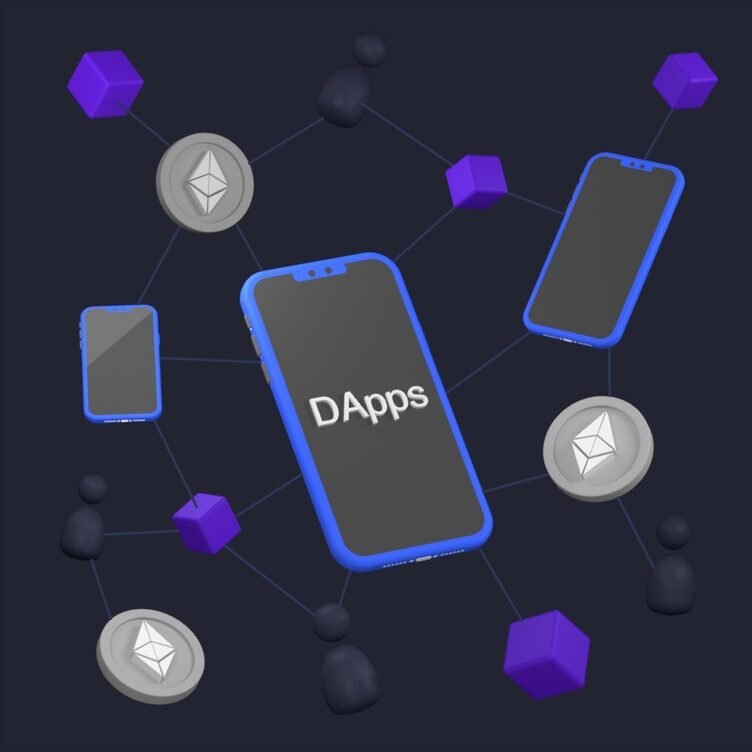
Source: Coin Market Cap
If trends continue, Web3 will gradually become part of everyday internet use. We may see public services adopting blockchain, education sectors integrating DApps, or even micro-entrepreneurs accepting token payments. Digital identity, secure recordkeeping, and community-run platforms could gain ground in fields from healthcare to agriculture. Globally, Web3 is still in its experimental phase—but Indonesia has an opportunity to shape it from within, rather than follow from behind. A supportive regulatory environment, ecosystem development, and digital literacy programs will be key drivers over the next decade.
What’s the takeaway for Indonesians curious about Web3?
The story of Web3 is still unfolding. From static websites to interactive social networks and now toward a more open, decentralized future—the internet continues to evolve. For those navigating Web3 explained Indonesia, the shift brings both opportunity and responsibility. Whether you’re a developer, artist, policymaker, or simply a curious citizen, Web3 offers tools that can reshape ownership, participation, and innovation. With the right awareness, talent, and collaboration, Indonesia has a chance not just to catch up—but to lead in defining what this new internet looks like.

